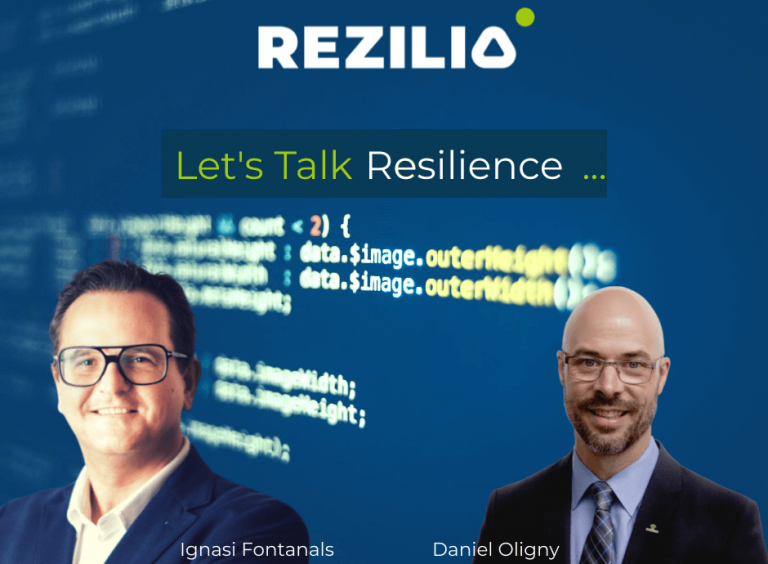Interoperability Between Emergency Services: An Absolute Necessity in Disaster Situations
Interoperability between emergency services is a key factor in the success or failure of a concerted response to natural disasters such as forest fires.
Indeed, in the event of an emergency, whether medical, civil protection or public safety, coordination between the various players involved in the response — at operational, tactical and strategic levels — is fundamental to ensuring a rapid and effective response.
What Is Interoperability?
Interoperability is the ability of multiple systems or processes to work together, sharing and exchanging information seamlessly and efficiently.
In the field of emergency services, at the operational and tactical level, this translates into collaboration between different entities such as pre-hospital services, fire departments, police, health and social services, and sometimes even the military. The concept of interoperability is also what sustains all NATO countries.
At a strategic level, interoperability is observed between departments and services, but also between different organizations or external partners with whom prior agreements have been reached.
For example, with Rezilio’s Logbook function, a municipal civil protection coordination centre can share its data, completed actions or other infowith the MSP’s regional coordination centre in real time. In addition, flood simulation tools such as E-NUNDATION already provide civil protection partners with precise information on the state of the situation when integrated with Rezilio.
Finally, the addition of a DRONE function completes the information that can be shared, with real-time images or images captured during disaster preparedness on a municipal territory.
The Importance of Interoperability
In crisis situations such as industrial accidents, natural disasters or acts of terrorism, effective response management requires fluid communication between all the players involved.
Interoperability not only enables emergency services to act quickly, share accurate information in real time and coordinate their efforts, but also ensures the safety of their personnel and citizens.
Without it, there could be delays in response, resources could be misallocated and crucial information could be lost or misinterpreted.
The Challenges of Interoperability
Despite its importance, interoperability between emergency services is not always easy to achieve. This may be due to differences in communication protocols, to the use of incompatible technologies (e.g. radio communications), to problems of training, understanding of roles and responsibilities, or even to different ways of intervening or incompatible equipment.
In addition, legal and confidentiality issues may also arise, particularly with regard to the sharing of sensitive information between different organizations or jurisdictions.
It is essential for the parties involved to agree in advance on a confidentiality agreement that will facilitate information sharing while respecting the confidentiality and privacy of each party involved.
Towards Greater Interoperability
To improve interoperability between emergency services and civil protection organizations, a number of measures can be put in place. These include the adoption of common communication standards, compatibility of hardware and equipment, as is currently the case with fire services, the use of compatible technologies such as Rezilio, and joint training of teams.
Looking Ahead
Interoperability between emergency services and civil protection or crisis management organizations is not an option, but an absolute necessity in disaster or crisis situations.
By improving communication and coordination at all levels between the various emergencies, civil protection and crisis management players, we can save more lives, preserve more property and better protect the environment from the consequences of crises and natural disasters.
With this in mind, the Rezilio Technology teams continue to work on these needs, and we continue to invest in innovative and intelligent compatible technologies to help all levels of emergency and crisis management responders work together effectively, efficiently and collaboratively. LOGBOOK and its functionalities already allow many of our customers and their partners to pilot an event with a collaborative and exchange approach, giving them a global vision of the facts and issues encountered, as well as the decisions taken.




